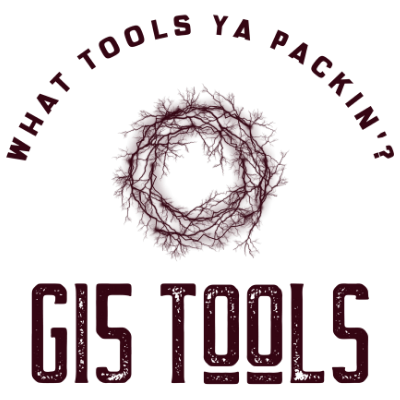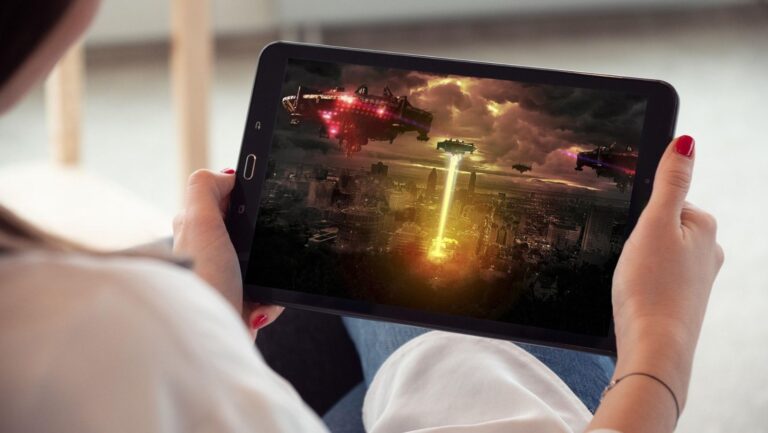For digital nomads, a weekend away doesn’t mean logging off completely. Whether you’re hiking through national parks or camping by the lake, staying powered up can be the difference between capturing a great shot or missing it, finishing a deadline or scrambling once you’re back in range.
But nature doesn’t come with power outlets. That means preparing the right way—so your devices don’t die just when you need them most.
Here’s how to keep your tech running, even when you’re far from civilization.
Start with a Solid Power Source
Before thinking about gadgets or backup plans, you need to solve one key issue: electricity. When you’re off-grid, your usual charging routines won’t work. This is where a portable power station becomes your Ideal friend.
Unlike basic power banks, portable power stations are designed to support multiple devices and deliver far more wattage. Many models can charge laptops, cameras, drones, and even small appliances.
They’re compact enough to pack in the car and efficient enough to keep your essentials running for days.
If you’re planning to stay completely off-grid—no campsite hookups, no café stops—this is the single most important piece of kit you can invest in.
Think in Layers of Backup
Just like you wouldn’t rely on a single pair of socks during a camping trip, don’t rely on a single source of power.
Layer your tech setup. Bring your portable power station, yes—but also include smaller battery packs for your phone and USB-powered gear. These can act as buffer sources when you’re on a hike and don’t want to carry the heavier gear.
Solar chargers are another great option for sunny destinations. While slower and less consistent, they can give you just enough power to keep a phone or GPS ticking over until you return to basecamp.
Manage Your Power Consumption
Staying powered up isn’t just about bringing more batteries—it’s about using your devices smarter.
First, switch everything to low power mode. Most smartphones and laptops have settings to reduce background activity, screen brightness, and push notifications. Every bit of energy saved adds up when you’re not plugged in.
Next, close unnecessary apps and services. GPS, Wi-Fi, and Bluetooth all drain your battery. Use airplane mode if you don’t need connectivity, or switch off auto-syncing features that constantly check for updates.
You should also consider bringing gear that’s energy efficient by design. LED lights, for instance, draw far less power than traditional options.
Don’t Forget the Cables and Adapters
It sounds obvious, but this is one of the most common oversights. A perfect power setup means nothing if you leave the right cable at home.
Check that you have the right cords for every device—USB-C, Lightning, Micro-USB, and whatever else your gear requires. Multi-charging cables can help reduce clutter and cover all bases at once.
Use Offline Tools and Smart Syncing
One of the easiest ways to reduce power drain and connectivity issues is to download everything you need in advance.
Need to work on documents? Download them to your device instead of relying on cloud access. Want music or podcasts? Queue them up before you go.
You can also schedule your syncing times. Instead of having your apps sync continuously, do a quick manual sync once a day when you’re charging devices—preferably during sunlight hours if you’re using solar gear.
Protect Your Devices from the Elements
Power doesn’t mean much if your devices stop working due to moisture or overheating.
Make sure your gear is stored in waterproof bags or cases, especially if you’re near water or in humid climates. Even a sudden downpour can ruin a phone or laptop if it’s not protected.
Avoid leaving devices in direct sunlight, which can cause them to overheat or degrade battery life. If you’re camping, try to keep your electronics in a shaded, ventilated area during the day and insulated at night to avoid condensation.
Know When to Unplug
Sometimes, the Ideal way to make sure your tech lasts the weekend is simply not to use it as much.
Set boundaries on when you’ll work or go online. Turn off notifications unless they’re essential. Plan for “no screen” hours so you can enjoy your surroundings—and preserve your battery life for when you really need it.
You don’t have to be fully offline, but being intentional helps you stay connected on your terms, not your battery’s.
More Than Just a Signal
Going off-grid with your gear doesn’t have to mean compromise. With the right setup, you can stay productive, creative, and connected—without worrying about your battery icon flashing red.
A little preparation goes a long way. The goal isn’t just to keep your tech alive—it’s to make sure it supports your adventure, not interrupts it. And when the only thing running low is the sun? That’s a weekend well spent.






